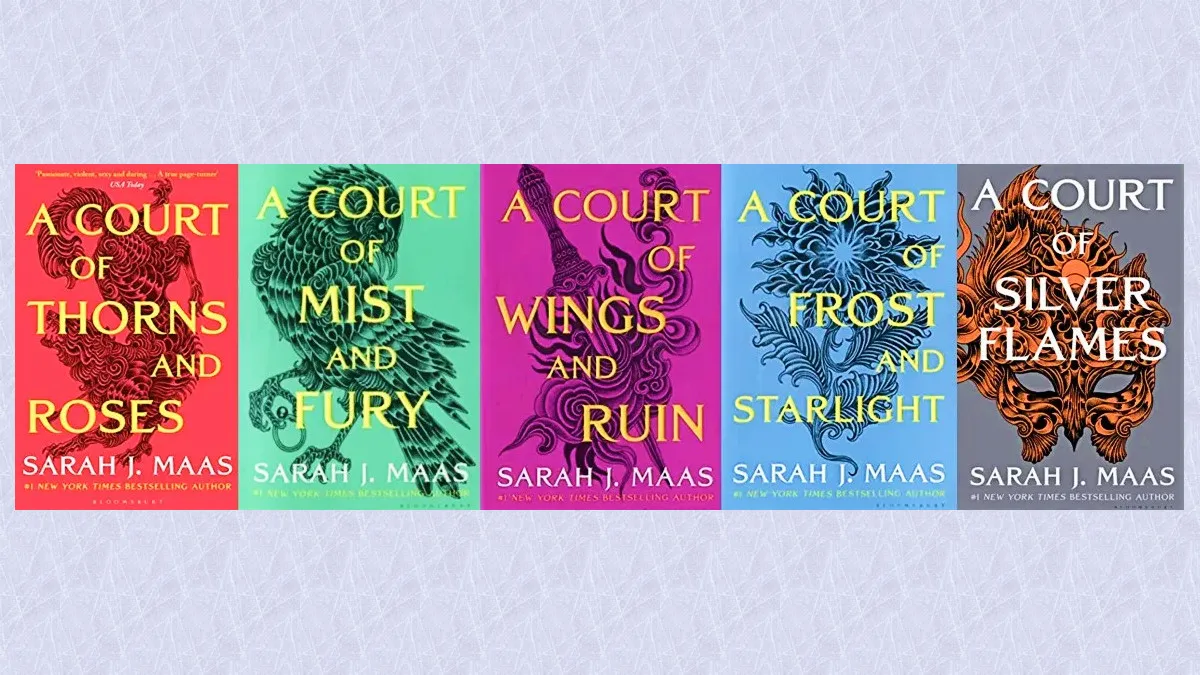Ah, BookTok. If you’ve got stacks of unread books, or worse, books you’ve read but hated despite reviews singing praises, then you’re probably well acquainted with the ever-growing side of TikTok (and Instagram Reels) that is BookTok.
BookTok formed with the good intention of connecting book lovers to a larger community. It still fulfills that purpose, allowing readers to share reviews, recommendations, and, of course, literary memes. However, to use a Frankenstein metaphor, it’s also turned into a monster hellbent on consuming those who created it—at least, monetarily.
Books have become the new “fast fashion,” with publishers striving to produce content as quickly as possible to capitalize on trends. Genres like young adult, romance, and fantasy have become some of the biggest victims in this scheme, resulting in titles that often feel like a copy/paste of each other.
If you’re fed up with reading the same tropes, themes, and storylines in slightly different packaging, then you’re probably one of many who would raise their hand when asked if they’ve ever been personally victimized by BookTok (yes, we’re doing Mean Girls quotes here).
Who needs quality when you’ve got quantity?
Wait. Hold up a second. I already know what you’re about to say: BookTok didn’t create this problem; it’s the publishers. And yes, you’re absolutely right. BookTok isn’t the cause, but it is an instigator. While quantity over quality isn’t a blanket strategy for all publishers, some of the biggest have shifted their values to cope with the behemoth that is social media. Nowadays, commercial success is often more important than literary quality. Similarly, publishers and agencies often ask authors how many followers they have when querying, which is most definitely a new hurdle. Do you think anyone ever asked Charles Dickens that question?
Just look to Sarah J. Maas, Rebecca Yarros, and the ever-controversial Colleen Hoover to demonstrate the power of going viral. Regardless of your opinion of their writing, each of these authors owes a huge portion of their success to social media platforms like BookTok. Social media is a mighty tool for increasing sales and visibility for authors—both traditional and self-published. However, it’s also an insatiable trend machine that publishers scramble to capitalize on before something falls out of “fashion,” so to speak.
This push for content has resulted in a sharp increase in books published each year. According to Wordsrated, the number of books published in the US has grown by 28.7% over the last 10 years. Big publishers aren’t entirely responsible for this statistic. Self-publishing has also increased with the rise of digital publishing platforms. With the help of BookTok, now all authors—even self-published ones—have the chance of going viral. And like anything, there are pros and cons.
With millions of new books released annually, authors struggle to stand out or obtain longevity in an oversaturated market. The pressure to write something just because it’s trendy and more marketable erodes artistic integrity and unique voices. On the other side of the page, readers are finding themselves with more and more books that feel the same.
Fast fashion books aren’t new, but BookTok is
To be fair, this “fast fashion” mentality isn’t entirely new in the book world. Time travel to the 19th century, and you’ll find penny dreadfuls, cheaply produced horror-esque stories aimed at entrancing Britain’s youths into spending their hard-earned pennies. Eventually, these evolved into pulp fiction (and no, I don’t mean the Quentin Tarantino movie). Like its predecessors, these magazines excelled at mass-producing exploitative and sensationalized stories that generated lots of buzz.
One could argue that BookTok has only expedited a trend already in place. Instead of relying on word of mouth, social media and its algorithm gods bring that hype directly to you. The real difference hinges on consumerism and weaponized marketing. Of course, the producers of penny dreadfuls and pulp magazines wanted money, but BookTok has made the process easier. Publishers use what we love most about reading and sell it back to us with just enough differences so we (hopefully) don’t notice.
Once again, this isn’t new. Just look to film to see the power of trends in full force. Jaws’ unprecedented success launched a host of lower-quality ripoffs, just like superhero movies keep getting made because Marvel’s Infinity Saga reignited their popularity. Where there is commercial success, there’s an opportunity to follow the almighty dollar. Humans lap up trends like breadcrumb trails, and marketers excel at keeping that bread stocked.
But eating that same metaphorical bread all the time becomes tiresome. Just like superhero fatigue continues in cinema, the book community faces a similar exhaustion. When marketability and trends become more important than quality, it can be dangerous. Voices are marginalized, and the diversity of books decreases because they don’t fit the mold.
While anything that encourages people to read more deserves praise, BookTok should still be used with caution (like all short-form social media, really). So, next time you find yourself desperately searching for the latest BookTok craze, ask yourself what you really want to read. There’s absolutely nothing wrong with liking a viral book, but you don’t have to limit yourself to BookTok tables at bookstores, either. Like fashion, books aren’t meant to be tossed aside when the next shiny thing comes along, and art certainly shouldn’t be created just because it’s in vogue.









Published: Jul 30, 2024 10:47 AM UTC